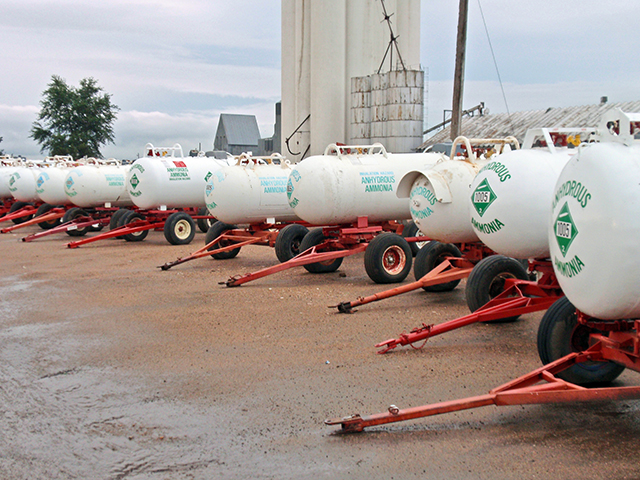Farm Input Chain Changing
Farm Strong - Farm Input Chain Changing
The farm input supply chain is in transition as the industry sees great competition from e-commerce. The traditional agricultural supply landscape in North America is facing threats from smaller startups with fewer fixed costs.
New business models put the farmer more in the middle of the chain where products are bought and sold, but also where data can be shared. This is considerably different than the traditional ag retail model, which has farmers at one end as buyers only. Europe also is seeing this trend but has a more regulated environment compared to North America.
These are some of the conclusions of farm input analysts in a recent Rabobank AgriFinance webinar titled "Age of Transition: Farm Input Supply Chain."
NEW SUPPLY CHAIN
Samuel Taylor, Rabobank farm input analyst for North America, based in New York, believes the farm input chain is moving from a linear, fragmented position to a process with constant feedback loops.
In this system, you have more of a flow of data than in the traditional fragmented industry, he says.
P[L1] D[0x0] M[300x250] OOP[F] ADUNIT[] T[]
An advantage of this type of supply chain is the ability to make better farm decisions, assisted by different precision ag technologies, he notes.
Taylor, who grew up on an English farm an hour and a half outside of London, says there are still some issues with technology in rural areas. For instance, his parent's farm has "very scant access to internet" despite being fairly close to a large population base.
This changing supply chain frontier is likely to lead to greater accountability and process certification in the future. An example of this is carbon sequestration, he says.
MORE AG E-COMMERCE
An example of this shift is e-commerce business for farm inputs. Taylor says e-commerce is already popular in most people's lives and has grown in relevance, particularly through the COVID-19 pandemic.
However, the number of farmers buying farm inputs online lags behind the general public buying other items online. Research shows farmers' purchases online of inputs -- pesticides, seeds, fertilizers -- are somewhere between 1 to 5% compared to them buying it from normal, conventional retail places; but it's growing significantly.
Taylor believes online purchasing of farm inputs will grow considerably in the future, both from larger and smaller suppliers. Smaller cooperatives and local regional distributors could form partnerships with each other, gaining the advantages of scale like larger ag retailers already have.
INDEPENDENT RETAILERS
Elizabeth Lunik, Rabobank farm input analyst for Europe and Africa, says one recent trend is the emergence of independent retailers. These newcomers are riding the wave of digitalization and online marketplaces to sell farm inputs.
"These cooperatives and independent retailers have sort of said we need to enter this game of offering a hybrid model, making sure there's a good online platform, a good app perhaps, to purchase farm inputs and an offering of not just farm input sales," Lunik says.
Consumers want to know more about what is happening on farms, what is in their food, etc., she says. One recent Rabobank research publication covering seven different regions said one emerging trend is farm input suppliers converting from just product providers to more of a "coaching" position.
Lunik believes companies that supply farmers with farm inputs will need to decide where they will be in the evolution of the supply chain.
[PF_111520]
(c) Copyright 2020 DTN, LLC. All rights reserved.




